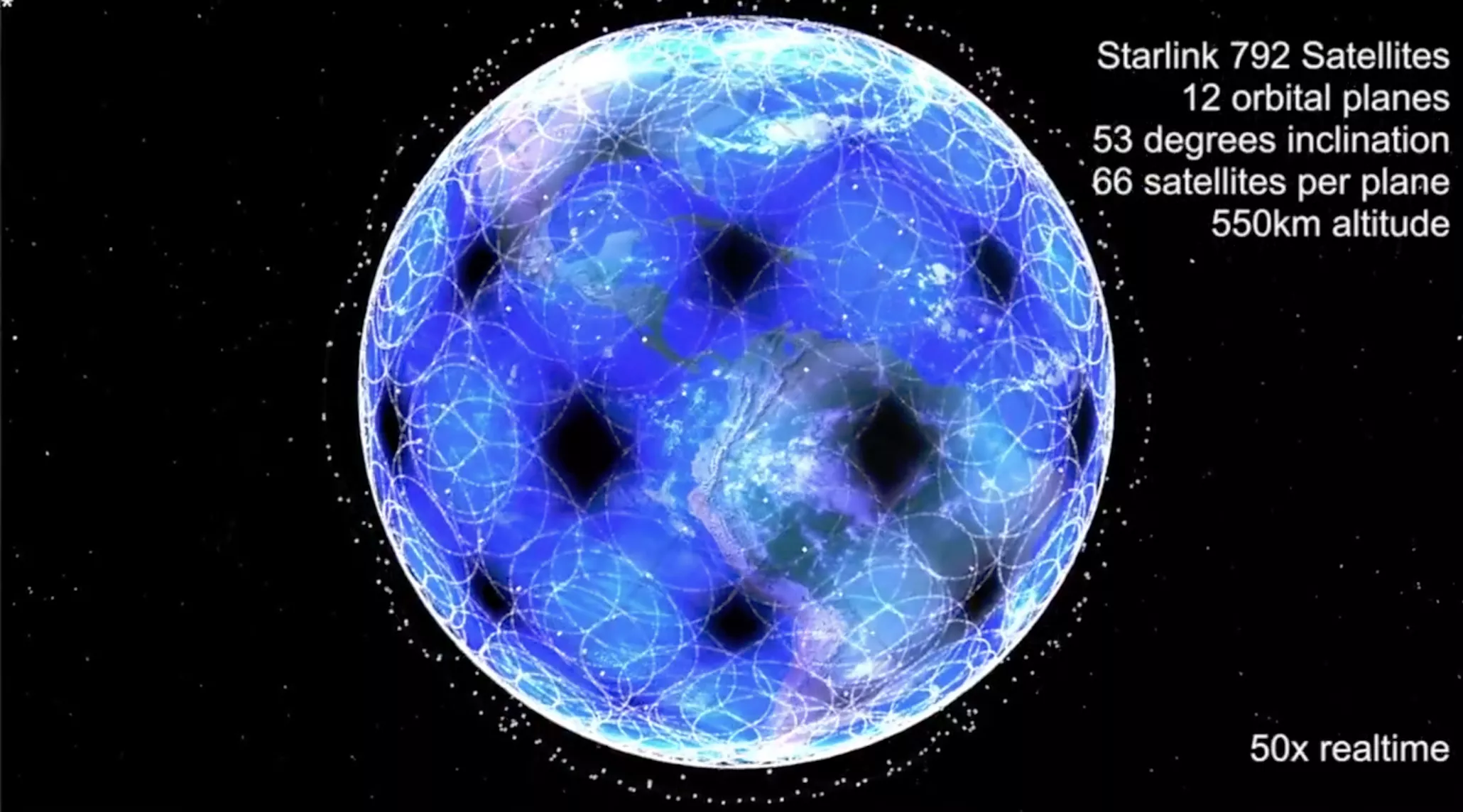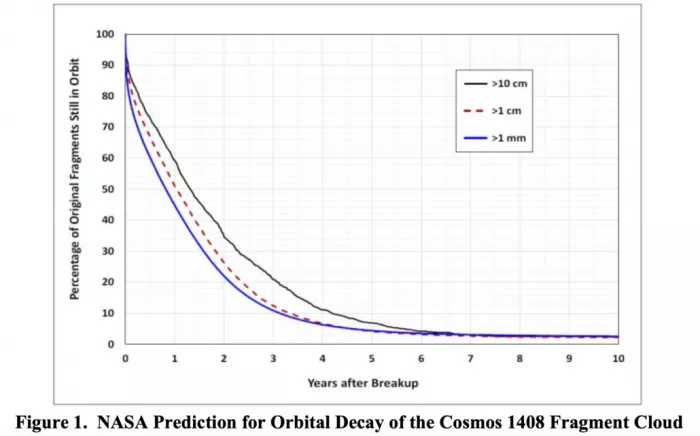As part of the FCC's ongoing debate over the low earth orbit constellation of SpaceX's Starlink small satellite, viasat, a satellite internet provider, believes that NASA's statement deserves the FCC's environmental review of SpaceX's satellite services.
Starlink and viasat are currently divided over whether the committee should approve the former's request to allow SpaceX to launch spacecraft using a new rocket currently developed at its facility in Boca Chica, Texas. Viasat takes this opportunity to raise concerns about the impact of Internet constellation on the night sky through light pollution. Viasat believes Starlink's efforts to solve the problem of light pollution are insufficient.

The document submitted by viasat earlier this month is not the first time the company has tried to point out the impact of the deployment of the complete Starlink constellation in orbit, because the whole constellation will have at least 42000 satellites operating at low altitude to take advantage of the advantages of density and height to provide faster Internet coverage than the current satellite Internet services.
A document submitted in April outlined to the Federal Communications Commission that Starlink's plan would lead to an unprecedented number of aluminum blocks being put into orbit. Viasat continues to add that the debris generated by the satellite will last for decades and that the probability of satellite collision is higher than SpaceX said.
This is pointed out in the estimation section contained in viasat's letter:
Using the basic calculation method 151 used by SpaceX itself, it shows that only 29988 second-generation satellites out of orbit will have about 13 million pounds of alumina deposited in the upper atmosphere. Considering the replacement of these second-generation satellites within the 15 year license period and that the volume of the second-generation satellites may be four times that of the original, the proposed Starlink development is likely to lead to the release of more than 1560000 pounds of alumina into the upper atmosphere by SpaceX.
The latest document reiterates viasat's claim that the FCC should conduct an environmental review of Starlink. SpaceX has conducted an extensive environmental review of its test and launch facility in boccachica, Texas. The review is conducted by the Federal Aviation Administration (FAA), which is expected to be completed by the end of this month.

Among them, viasat believes that NASA put forward sufficient reasons for regulators to start the review in its letter to the FCC in February. The company pointed out in about three sentences in the four page document that NASA believes Starlink will disrupt the operation of the Hubble Space Telescope and damage NASA's planetary defense efforts by making asteroid detection difficult.
The agency submitted the letter in February and highlighted several issues, including the need for better collision analysis and risk assessment. The agency submitted another material in March, saying that its concerns should not be used to influence the decision of the Federal Communications Commission. SpaceX shared more details indirectly directed at NASA on its website.
Viasat also claimed that Starlink ignored claims that satellites posed harm to the night sky and accused the company of diverting attention by pointing out the changes it had made to spacecraft to improve night sky observation. On this basis, the company accused star United of indirectly admitting that the spacecraft would cause light pollution.